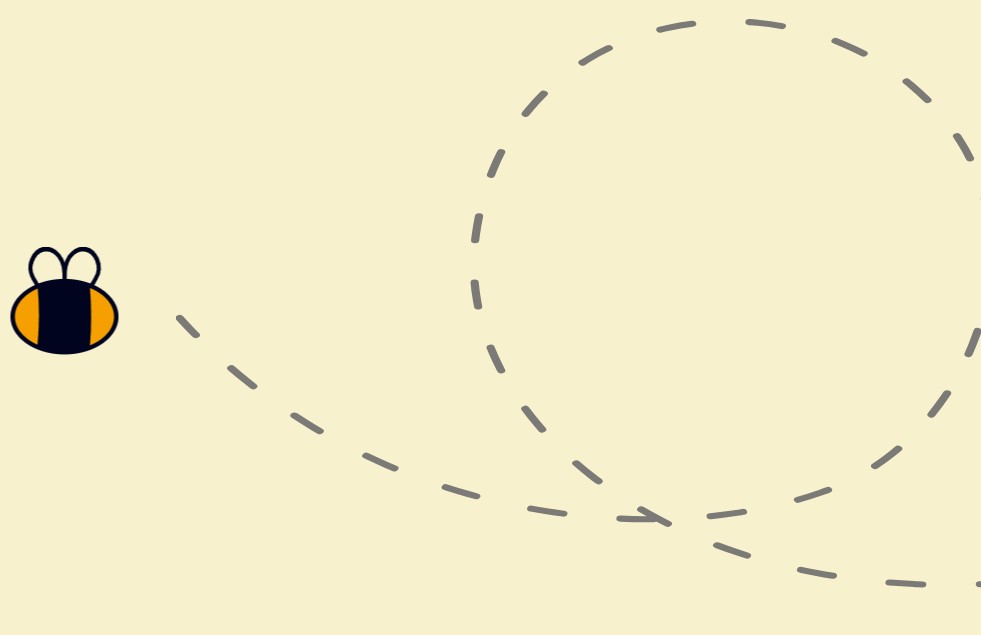April 12th is a big day in the space world. And this year, it’s even more special—it’s the 30th anniversary of NASA’s first space shuttle launch and the 50th anniversary of the first human spaceflight, taken by Russian cosmonaut Yuri Gagarin.
To celebrate, Google created a special doodle and YouTube spiffed up their logo. Space-folks are throwing parties, holding press conferences and allowing William Shatner to tell the story of where no spacecraft has ever gone before.
I’m not much of a party animal (or a William Shatner enthusiast), so I’m celebrating by checking out what NASA is up to online.
Turns out, NASA is no stranger to internet awesomeness. They’ve won Webby awards two years in a row and they’re in the running again this year. In 2009, their Cassini Mission website won the Science category while NASA’s main website won People’s Choice for Best Government Website. In 2010, they swept the Government category, winning awards for both their main site and the interactive “Home & City 2.0,” which lets you see how space exploration affects your daily life. It’s seriously cool. Try it now.
NASA also has social media all figured out. Rather than post complex things that only space-types understand, they post info that has meaning for the average person, like satellite views of major events, simple updates on missions and things you’ve never thought about, like where the space shuttles will go when they aren’t used anymore. On Twitter, you can even follow the astronauts.
The coolest thing NASA’s ever accomplished (in social media, anyway) is checking into Foursquare—from space. International Space Station Commander Doug Wheelock checked in last October, but don’t worry, he’s not the mayor yet. You still have time.
The only weird thing about NASA is that their Facebook page doesn’t have a photo gallery, but you either snoop in their profile pictures or mosey on over to their Flickr page.
If you’re wondering why I haven’t mentioned the Canadian Space Agency, it’s because they’re much more useful in space than they are online. Their website looks exactly like every other Canadian government website, they don’t have an official Twitter account and their Facebook page is only updated once or twice a week. It also contains a generous helping of space language, which isn’t helpful to the average Canadian who wants to see where their tax dollars are going, or who wants to waste time at work by watching space videos.
And here’s what a typical CSA post looks like:
CSA: The space shuttle Discovery is seen from the International Space Station as the two orbital spacecraft accomplish their relative separation on March 7 after an aggregate of 12 astronauts and cosmonauts worked together for over a week. During a post undocking fly-around, the crew members aboard the two spacecraft collected a series of photos of each other’s vehicle.
And here’s what a typical NASA post looks like:
NASA: Watch as as @Astro_Mike takes us “Behind The Scenes” as the STS-134 crew prepares for the mission spacewalks
See what I mean? NASA is a good time. Happy International Day of Human Space Flight!







